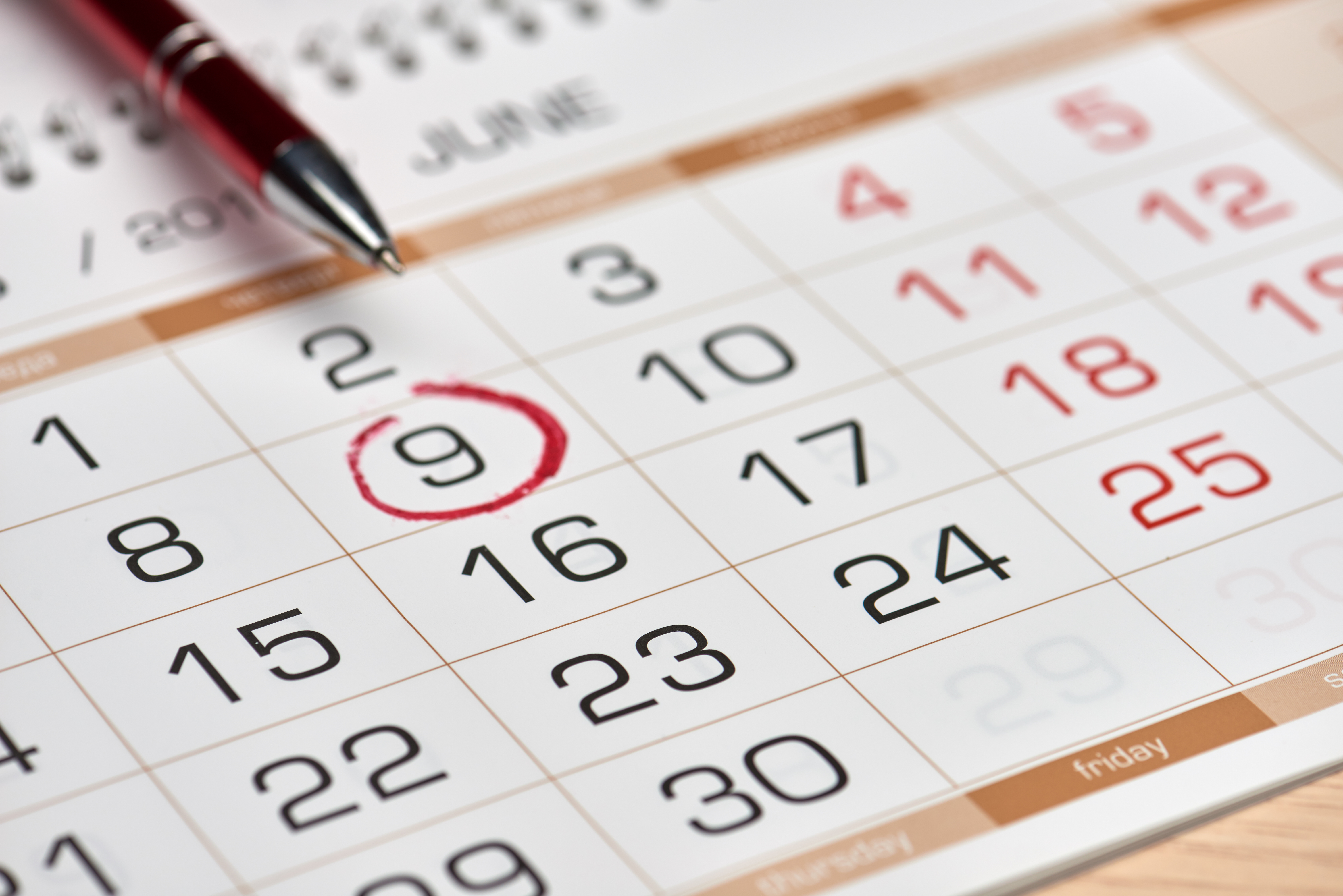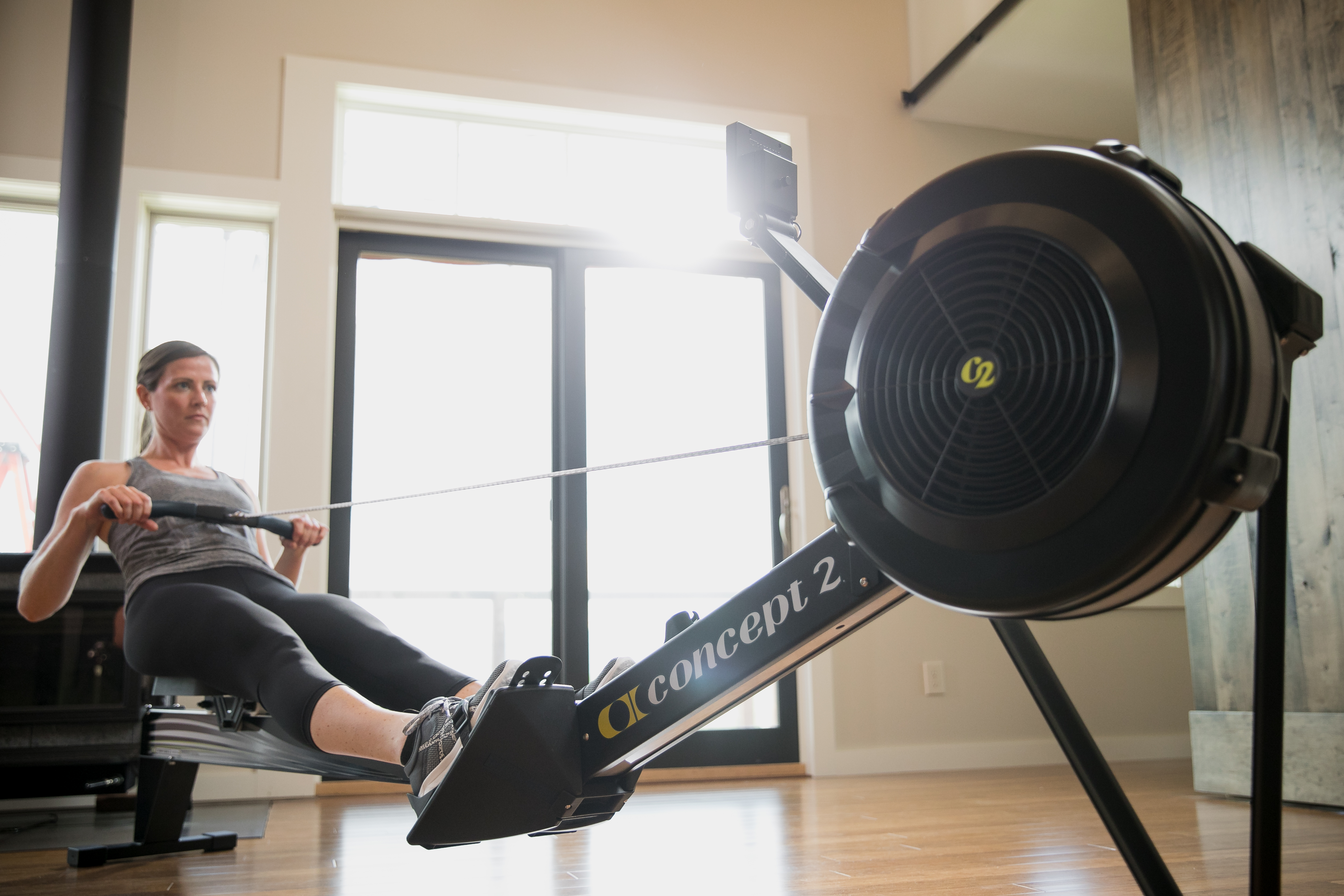- Track your orders
- Save your details for express checkout
Blog
How to schedule a sustainable exercise plan to last the whole of 2018!
You’ve had a great holiday, recharged the batteries and made a list of resolutions for a better, brighter New Year- including a goal to exercise more regularly. You get started with a hiss and a roar, but three weeks in things are starting to become a grind and you begin to wonder if this whole exercise thing was really such a good idea in the first place! Sound familiar? If so, you’re not alone! Sticking to an exercise routine can be tough, which is why it is important to set yourself an achievable weekly plan that is sustainable and can coexist with the other demands of your lifestyle. To help get you off on the right track, here are some easy steps to help you put your plan into action.
When?

The first step to a sustainable exercise plan is to identify how much time you have available during the week to fit in a workout.
Start by writing out a typical calendar week. Include every daily commitment you have from work, family, commute, meal preparation- everything you know will take up your precious time. Once you have a week in front of you, identify the days that are the least busy and see if you can allocate 45mins- 1hr to exercise. This should cover the time it takes to get changed and prepared at the beginning and end of each workout, while also gaining a meaningful exercise session.
When identifying possible workout times, take care to acknowledge which commitments are on either side of your workout that could complicate it. Run through the scenario, including: Where will you be at this time of the day? Is your preferred workout accessible from this location? What other workout options do you have? If your exercise time is between meetings at work, do you have a gym nearby to use, or a shower facility available to you to freshen up before returning to the office? Perhaps you are at home with children and cannot leave them unsupervised, what are your workout options at home? These are the types of factors you need to consider at the outset of your plan. Try to make your workout times and locations as achievable as possible, to keep your plan sustainable and consistent.
How Often?
Once you have considered when you realistically have the time to workout, decide how much you want to complete over the course of that week. If you are not used to doing any exercise, start with a goal of three sessions per week. If you are already doing 3 or more sessions per week and want to increase, look to add one additional session per week, or 15mins of time to your existing workouts. This will help you to make sure your workout load remains achievable, rather than jumping straight into an unsustainable increase.
Where and How?

Now that you have worked out when you are able to fit exercise into your weekly schedule, take a look at the workout options that are accessible to you at the time and place you have allocated. Where possible try to avoid lengthy commute times to gyms or classes. Travel time (particularly in cities) can often fluctuate and add unnecessary stress, so assess these risks carefully before committing to a commute that could threaten the sustainability of your plan. Instead, look for local options; a nearby gym, a park or beach for walking or running, or even a school or community swimming pool. It is also important to be mindful of the weather, so try to look for both an indoor and outdoor workout option, to guard against weather interruptions.
Workout’s from home deserve consideration for those juggling commitments, or already battling lengthy commutes to work. If training at home is more comfortable and sustainable for you, purchasing or hiring equipment to make this possible can be a much more effective investment than a gym membership that doesn’t get used. Be honest with yourself about the types of workouts that you enjoy and make you feel good, and keep an open mind to the different options that might be available to you when deciding where and how you will exercise.
Picking A Back Up Day
Now that you know when, where and how you plan to exercise, pick an extra slot somewhere in your week to be your back-up. We all know how life can interrupt even the best laid plans: you catch a cold, family or friends come to stay, or you decide to go on a much-deserved date night with your better half- these are all valid reason to miss a workout. Give your plan some flexibility so you don’t have to feel guilty for skipping a session for the important stuff. Weekends can be a good time to fit in a missed session during the week, or maybe you have to opt for a shorter workout on a weekday instead. When the unexpected happens remember, something is better than nothing- it might not be your plan A but it is much better to have a plan B and keep the momentum going, than nothing at all!
Review and Adjust
Each of the planning steps rely on a key approach- it is important to be realistic. That said, it can be hard to know what is realistic when you are trying something new, or are introducing a new element to an already busy timetable. Likewise, life can change in unforeseen ways at any time, so what worked for you in January may no longer suit you in February. Treat your initial plan as an informed experiment, and be prepared to review and adjust your plan as you go. It might become clear very quickly if one or more of your choices is unsustainable, or it might be helpful to review at the end of each month and make any necessary changes. Whatever the reason, using the same considerations to make informed changes to your exercise plan will ensure you keep things sustainable, and help you to keep your New Years resolution for all 12 months of 2018!



 Please wait
Please wait